
If you grow tomatoes, you probably have a collection of metal tomato cages stacked somewhere in your garage or shed.
Maybe this year, you’ve decided to use a different way of supporting your tomatoes. Goodness knows there are plenty of methods to try.
Don’t let those tomato cages sit unused; there are plenty of other veggies in your garden that could use some support – flowers too.
1. Peas
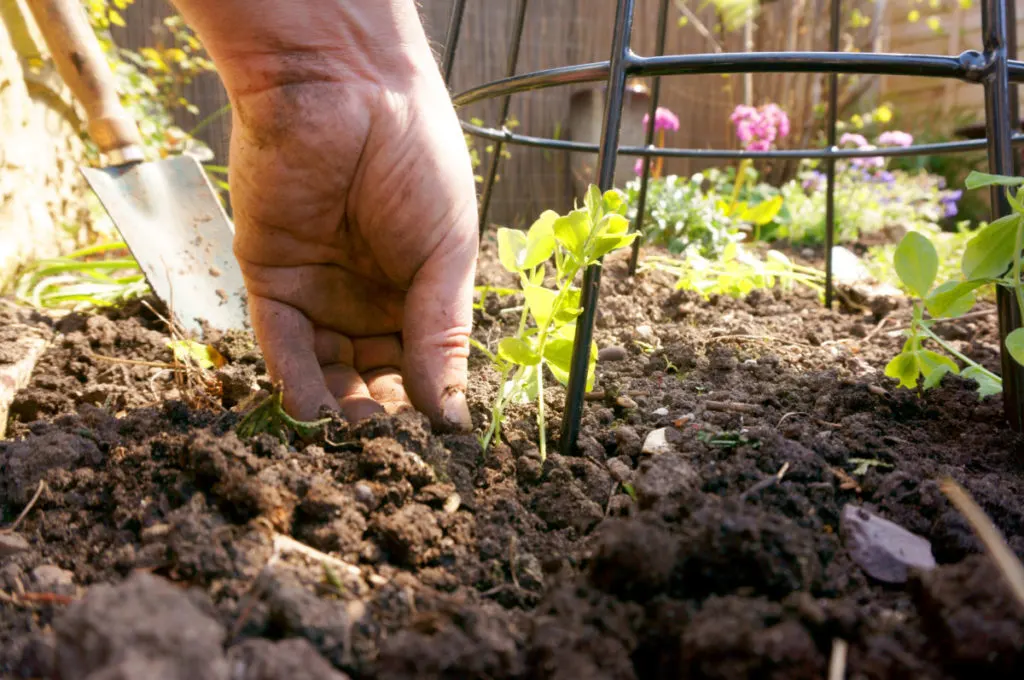
Tomato cages are great for peas. Flip the cage upside down and plant your peas around the outside of it. Train them to grow up the cage for easy picking once your peas are ready. You may want to use landscape pins to secure the stake into the dirt.
2. Runner/Pole Beans
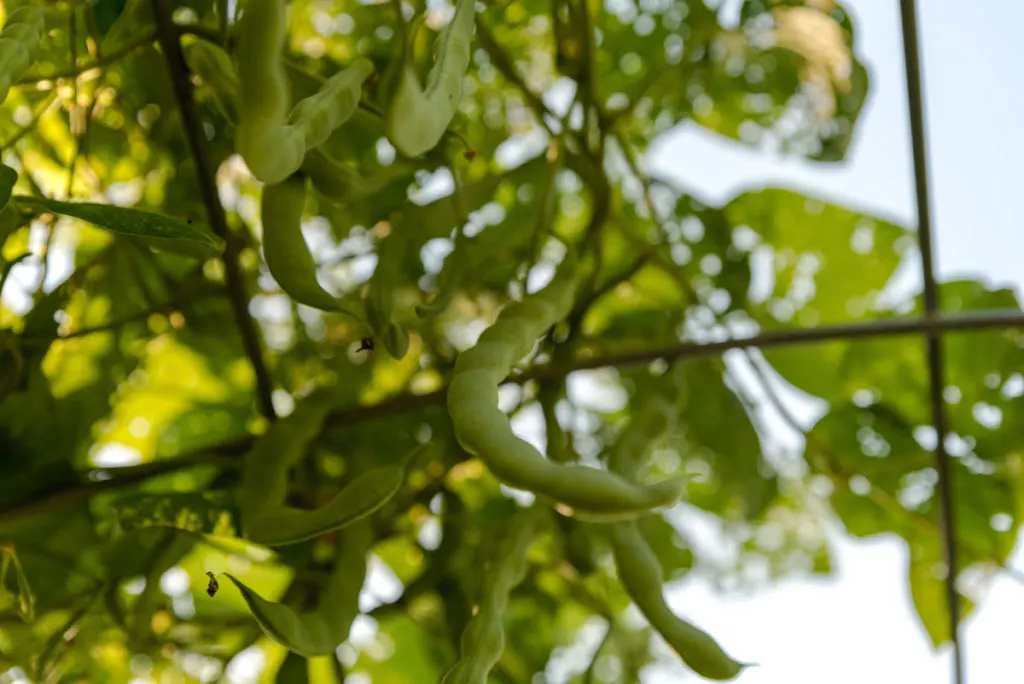
Just like peas, climbing beans such as runner or pole beans will benefit from a sturdy structure to cling to. Make sure you use the largest tomato cages you can get your hands on for your beans. Again, flip the cage upside down, secure it with landscape pins and plant your beans around the outside of it.
You might even consider planting a head of lettuce inside it. The beans will shade the lettuce as they grow and as the summer sun heats up.
3. Peppers
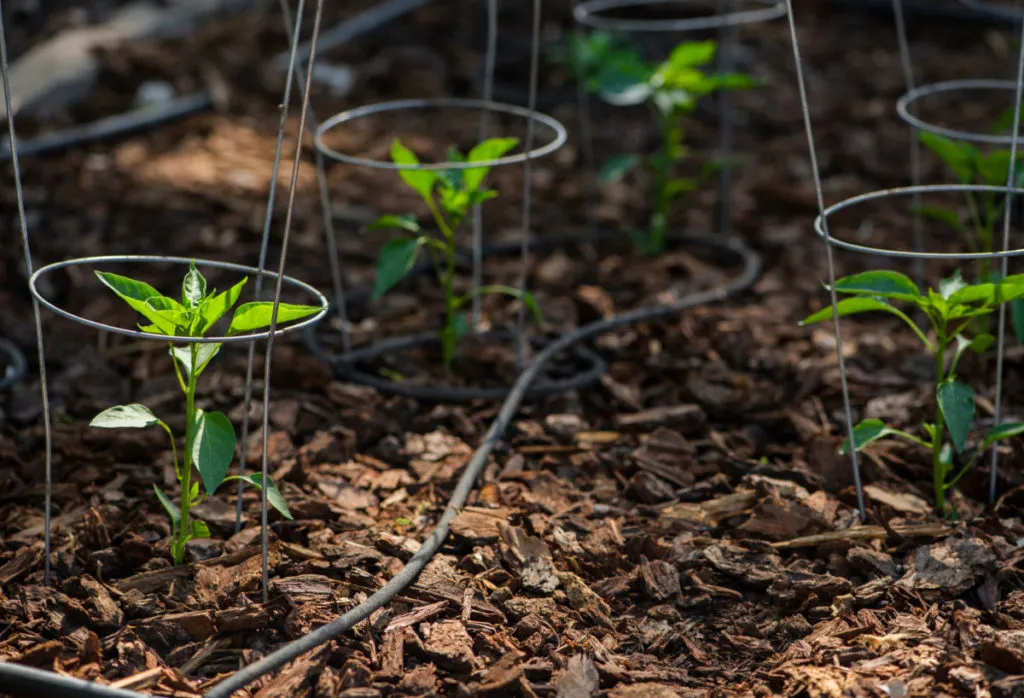
Use a few of the smaller tomato cages to support larger pepper plants. Keeping the peppers up off the ground as they grow helps keep soil-borne diseases at bay and keeps abundant fruit from snapping the stems of your pepper plants.
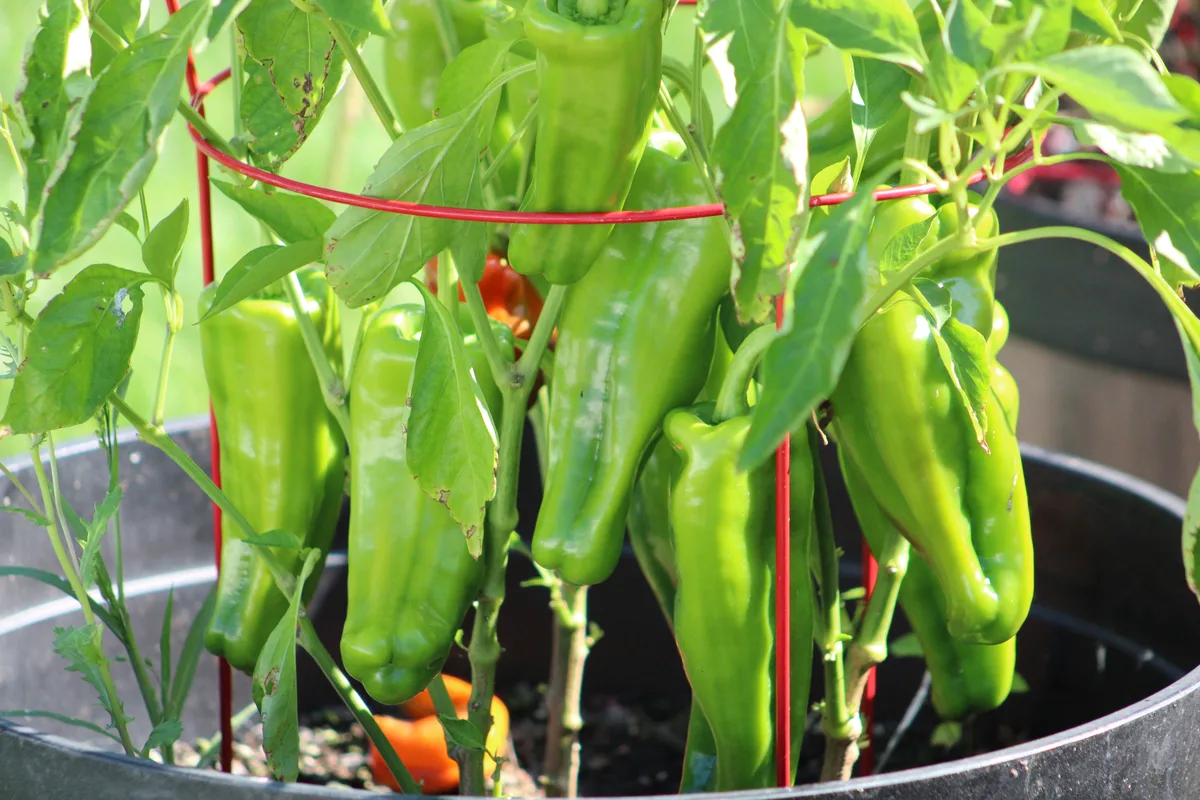
4. Cucumbers
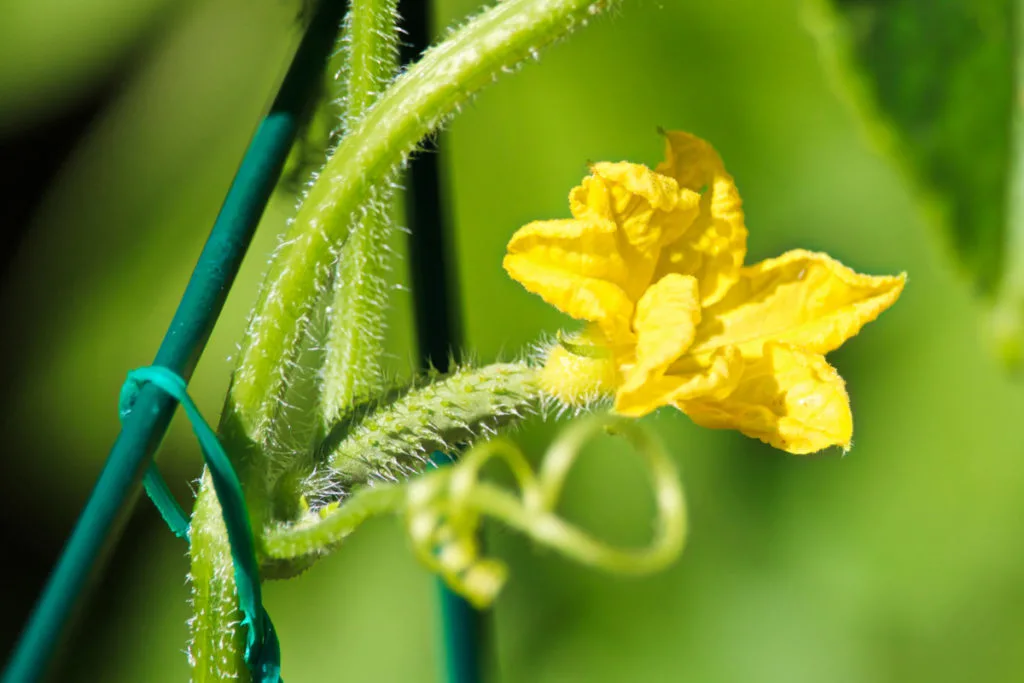
Bush cucumbers benefit from the support that a tomato cage offers. You can train the plants to grow up inside the cages making it easier to find your cucumbers as they grow too. Likewise, flip the cage upside down and use it to trellis climbing varieties.
Related Reading: 12 Cucumber Trellis & Support Ideas
5. Cucamelons
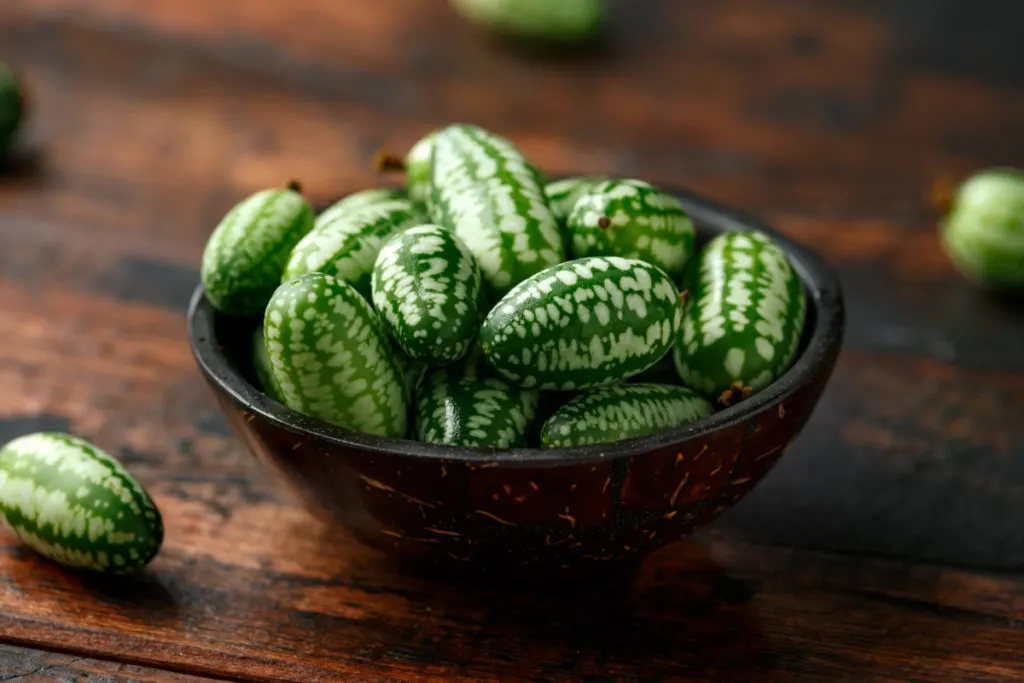
What? You’ve never heard of cucamelons? Well, it’s high time you grow these adorable little bite-sized treats. And just like peas and beans, you can flip the tomato cages upside down and train tender cucamelon tendrils to climb the outsides of the cage.
6. Zucchini/Summer Squash
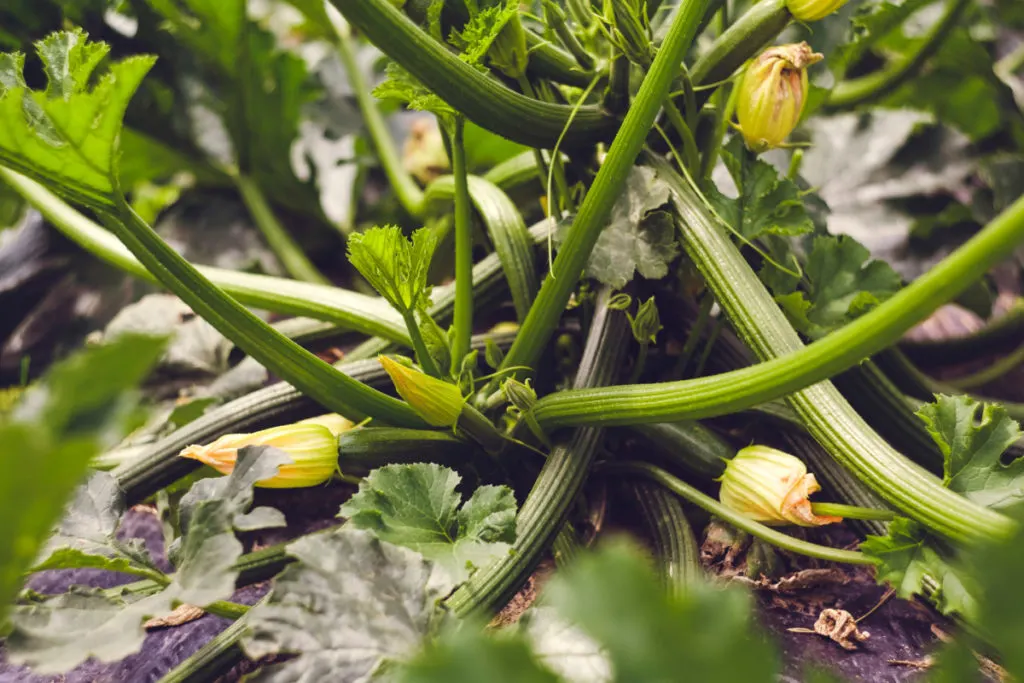
We’ve all been there; you check your zucchini every day and pick them before they get too large. But one day, there it is – the one that’s been hiding under the leaves. Is that a zucchini or a green baseball bat?
Grow your zucchini in a tomato cage and keep the leaves up off the ground. You’ll be able to see the squash as they develop and pick them when they reach the right size.
Flip the tomato cage upside down and place it over zucchini plants when they’re young. Train the leaves to grow up by tucking them up inside the cage as they grow. Once they begin to fill out, the leaves will naturally poke out of the upper rack of the tomato cage.
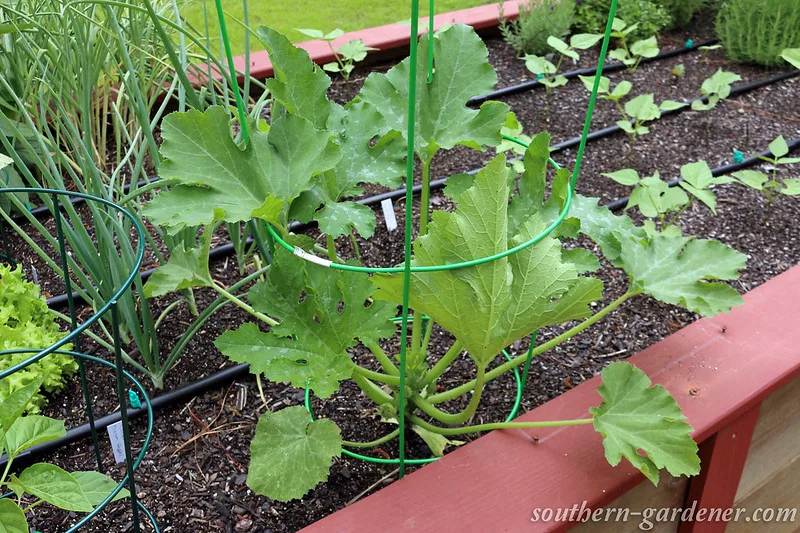
Growing zucchini this way keeps the leaves up off the ground, leading to healthier plants and manageable zucchini.
7. Malabar Spinach
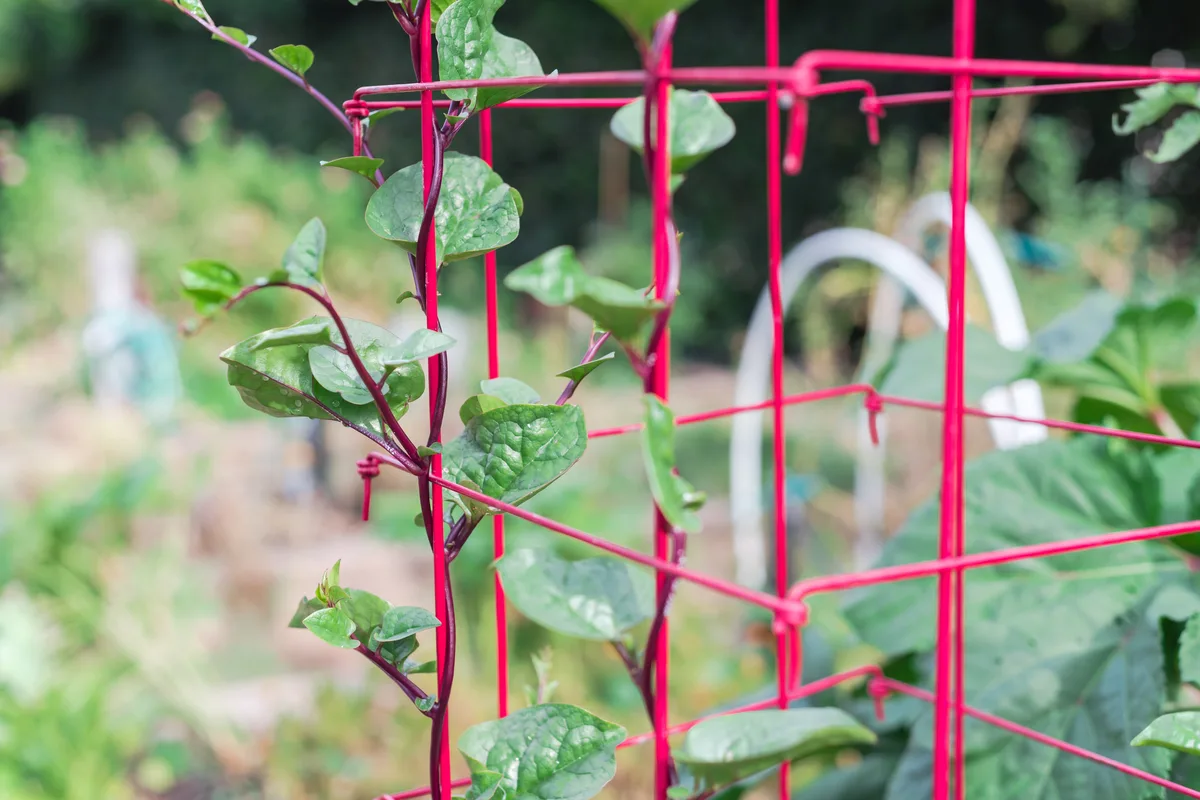
Malabar spinach isn’t really a spinach at all but is instead a tropical vining plant that requires hot temperatures and consistently wet soil. It grows upwards and so needs a support structure to climb – a tomato cage is perfect.
The leaves are edible and delicious and can be used in much the same way as spinach and other greens.
8. Peonies
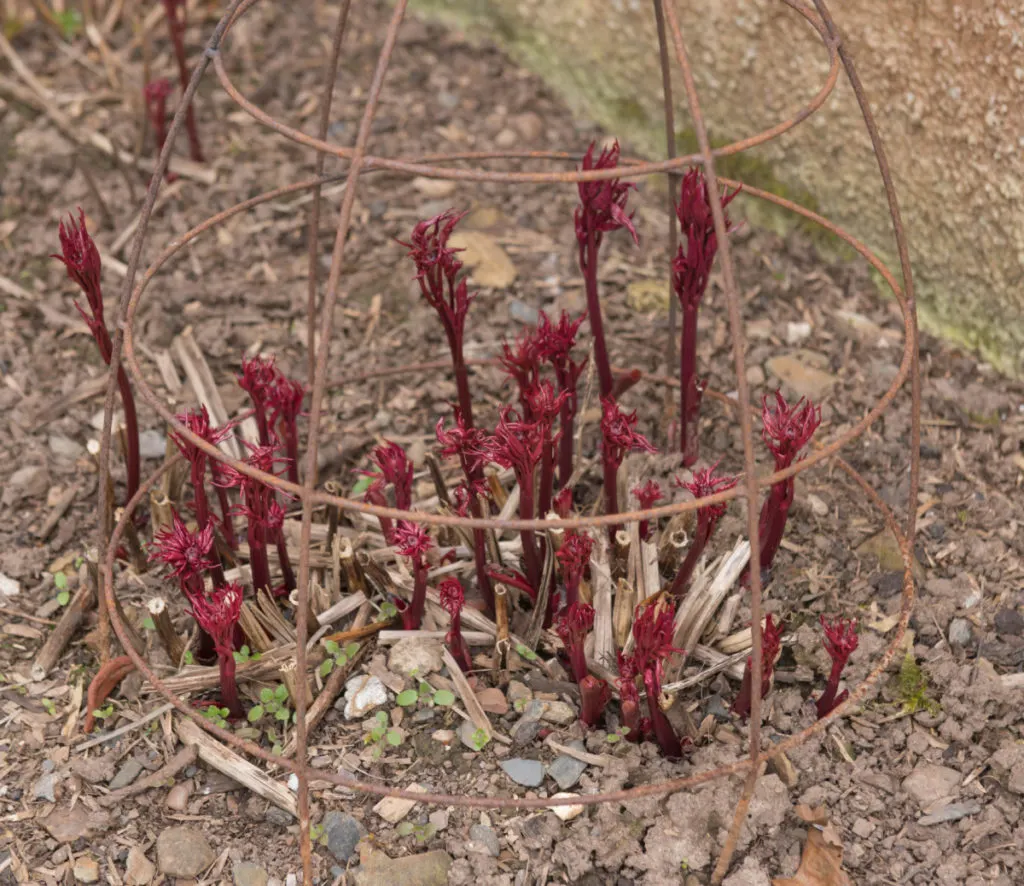
These gorgeous flowers easily become top-heavy with so many large blooms. One good rain, and suddenly they all fall down.
Add a tomato cage over the top of each peony in the spring and let them grow into it. Once they begin to bloom, the plants will have grown around the cage hiding it, while giving your blossoms added support.
9. Morning Glories
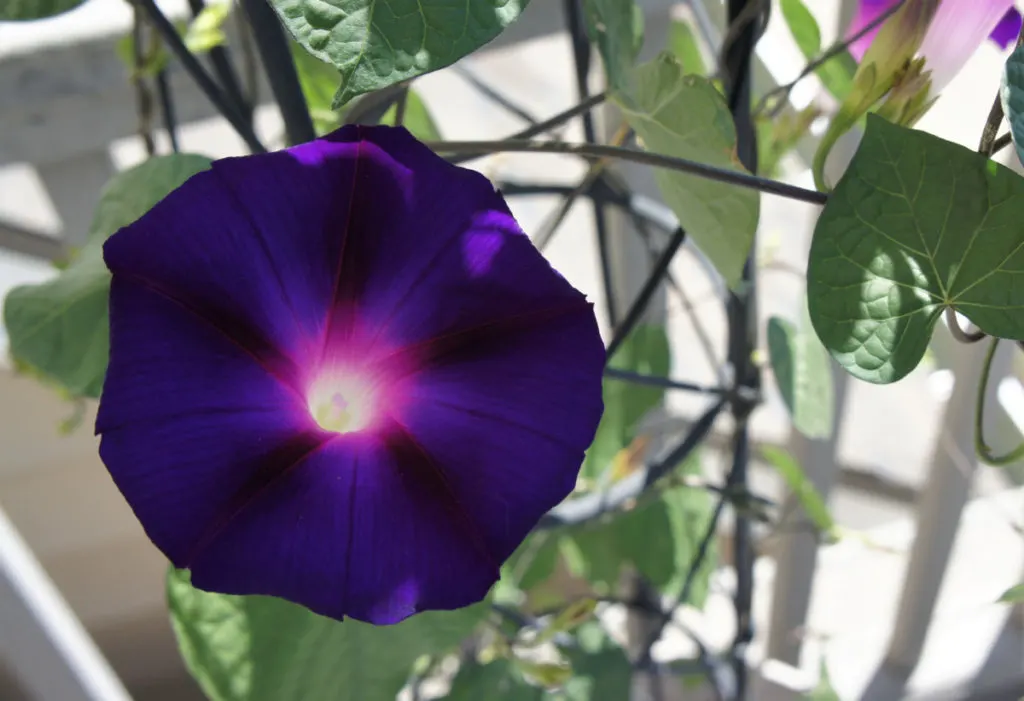
Using the upside-down tomato cage method, plant morning glories at the base and train them to grow up and around the cage. Not only will the cage give your morning glories a trellis to climb, but as they cover the cage, you’ll have beautiful cones of green dotted with flowers.
Growing morning glories in this way provides visual interest and can be placed along a walkway or on either side of your front steps.
You could even fold down the top stakes of the tomato cage inside itself and place a terracotta pot with more flowers in it for a truly stunning landscape feature.
10. Protect from Frost in a Pinch
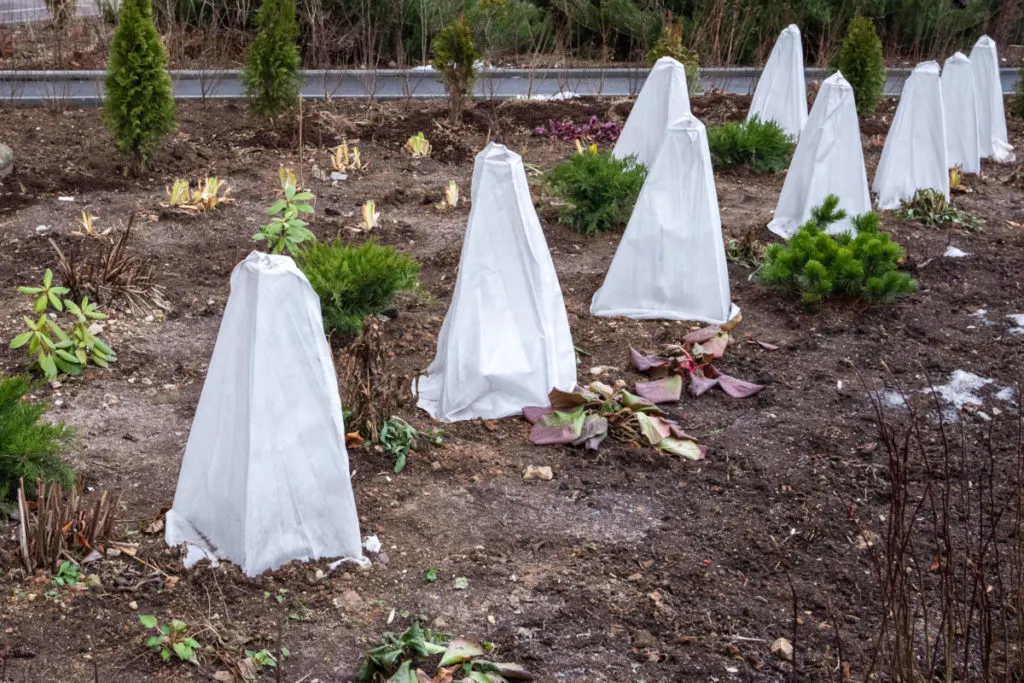
If the weatherman says you’ve got a frost on the way, but you haven’t had time to prepare, don’t worry. Place inverted tomato cages over tender plants and cover the cage with a pillowcase or plastic garbage bag.
Your plants will be safe through the night. In the morning, you can put everything away or set it aside for the next frost.
Related Reading: 7 Ways To protect Your Plants From Frost
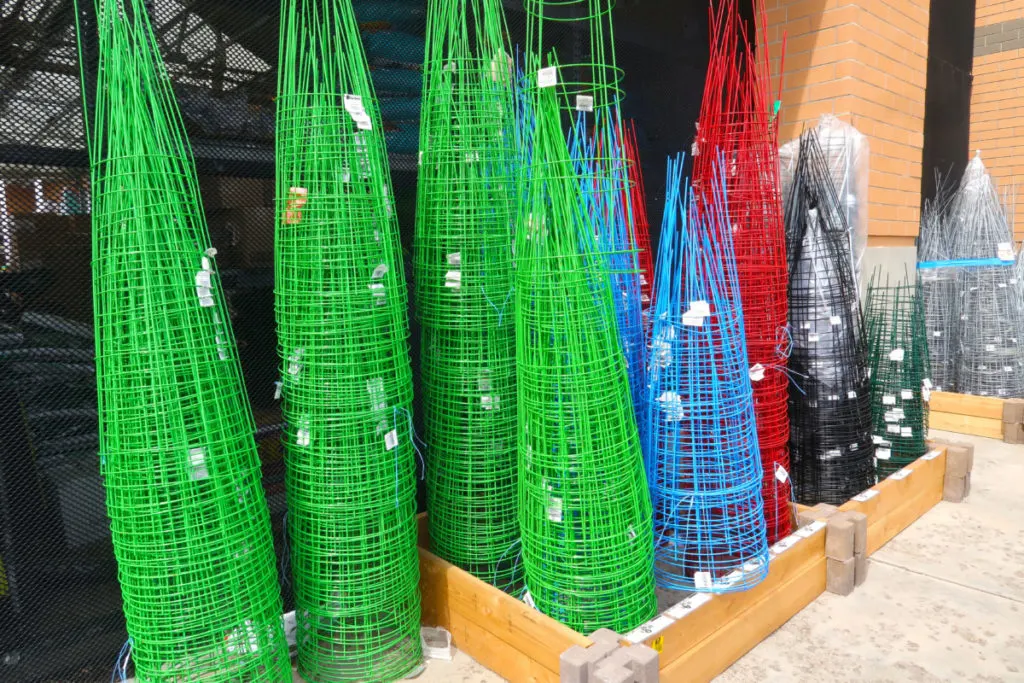
See? There are plenty of uses for tomato cages beyond keeping your tomatoes upright. Maybe you should head to the garden center and pick a few more.

Get the famous Rural Sprout newsletter delivered to your inbox.
Including Sunday ramblings from our editor, Tracey, as well as “What’s Up Wednesday” our roundup of what’s in season and new article updates and alerts.

